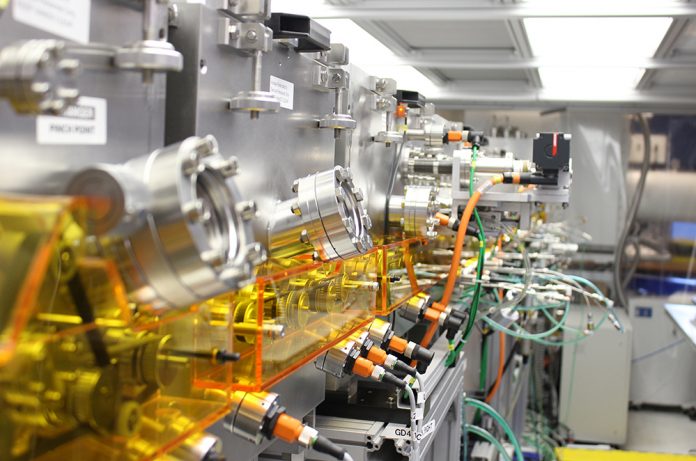Michael Helander, founder and CEO of OTI Lumionics, explains how manufacturers can streamline processes such as quantum computing simulations and materials development for faster, cheaper and more accurate results.
The materials we had ten years ago are lending the path to materials we’ll use tomorrow.
Advanced materials are used to make our lives better in many ways such as higher quality electronics, durability or more complex applications of materials. It is through development that materials can also make the cost of goods more affordable. Consider for example, in 1883 the first materials were discovered to build a solar panel and since then, materials have been modified to make the panels superior and also more affordable.
To discover, develop or improve an advanced material is not a quick, easy or cheap thing to do. The process of a new chemical or material discovery is a tedious one that requires intense hypotheses, modification and testing, and a lot of trial and error. Traditionally, to develop new chemicals or materials, scientists focus on finding chemical candidates that meet a desired set of properties and then scaling up from a lab to pilot scale and then finally to commercial scale.
This approach works well for applications in which the performance of the new chemical is not significantly impacted by the process or equipment used by the end user of that chemical in mass production.
However, in the case of high-value applications such as consumer electronic manufacturing, which relies heavily on specialty chemicals, the performance of a new chemical is often significantly impacted by the process and equipment used by the end user of said chemical in mass production.
To shorten the development cycle and maximize success of a new candidate chemical, it is essential to include testing with equipment and processes similar to what the end user will use in mass production into the development loop. To do such a thing demands ample space, funding and expertise; something not every original equipment manufacturer (OEM) has.
Outsourcing Space
Facilities that include the equipment necessary for chemical discovery cost billions of dollars, take years to build and are nearly the size of small cities. None of which is ideal for manufacturers. Instead, outsourcing the task to those who have the space, tools, and expertise is a preferred path.
These kinds of facilities are equipped with laboratories and quantum computers, which can be about 5-feet tall and 20-feet long each. IBM recently announced a world-record breaking quantum computer the size of 433-qubits, which is more than triple the size of its previous record-breaking 127-qubit sized computer (of course that is in talking about the storage size of quantum computer, not the physical size one would require). Another company said its quantum computers took up about 30-50 square meters (323-538 sq. ft).
Cutting Costs
Not only do OEMs look for outsourcing as a space saver, but also to minimise investment costs. Quantum computing is often used in the pharmaceutical and healthcare industries for drug discovery. It is estimated that drug companies spend an estimated $1.1 billion on research and development, per product.
In the consumer electronics industry, in 2022, Apple spent a record $26.25 billion on research and development efforts and collects its materials from 43 different countries, according to a suppliers list released in 2021. Needless to say, it’s not cheap to discover new materials.
Finding Genius
Lastly, finding a world-class team of scientists capable of testing new chemicals, solving the problem and helping to get the product to market at a faster and more accurate rate is essential. It is up to the OEM to find the team that best fits their needs and one that they don’t mind working with for years to come as much of the research and development process takes years.
All in all, developing new specialty chemicals requires careful consideration of the complex interplay between the chemical properties and the manufacturing equipment and process used in mass production. In applications like electronics where even small changes in performance can mean the difference between a yielded or unyielded product, this consideration is essential to the timely and cost-effective development of new specialty chemicals. Without consideration of the impact of equipment and process, most new specialty chemicals fail to make it into mass production, often resulting in a very long time to market, measured in years or decades.









